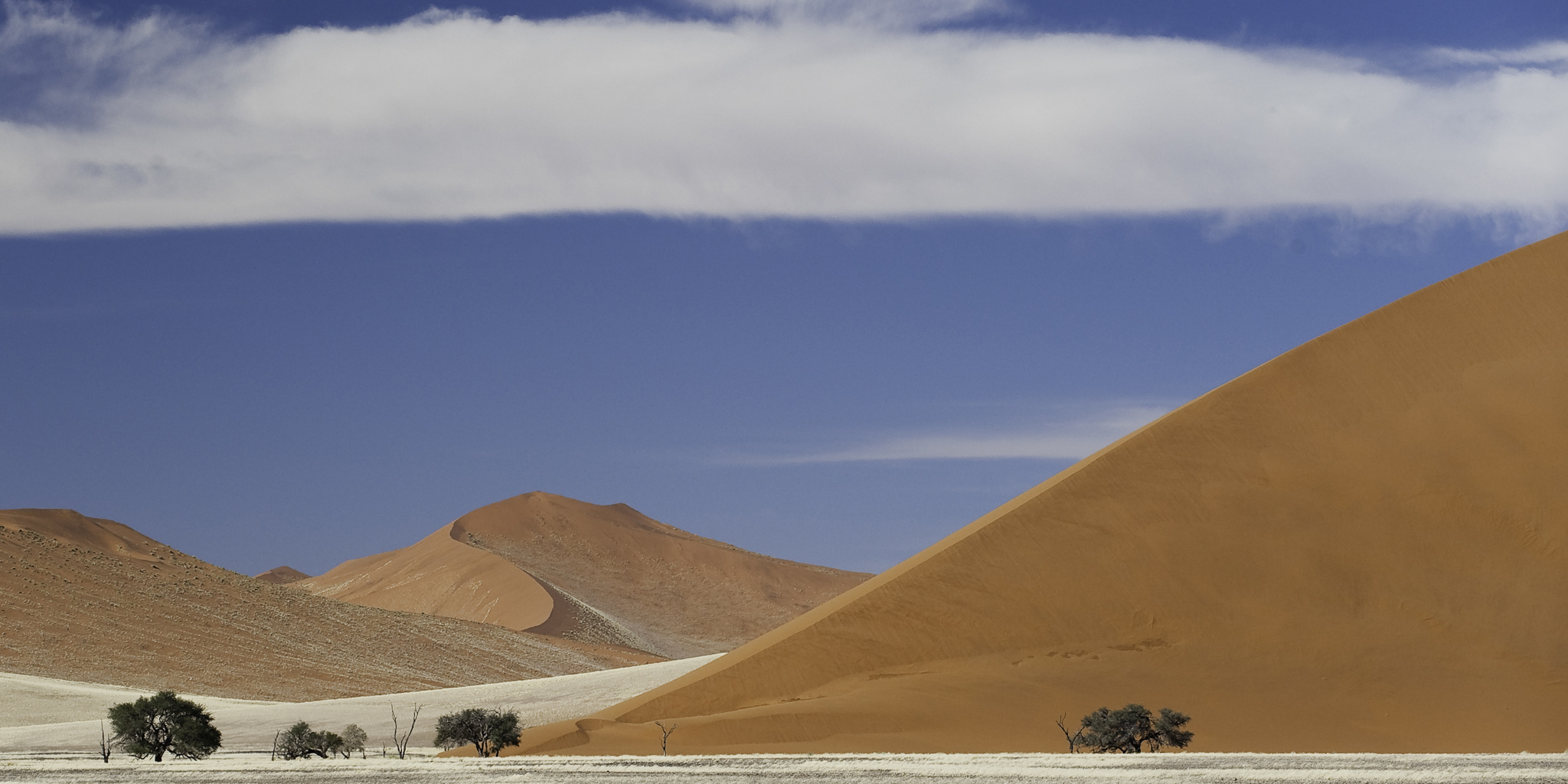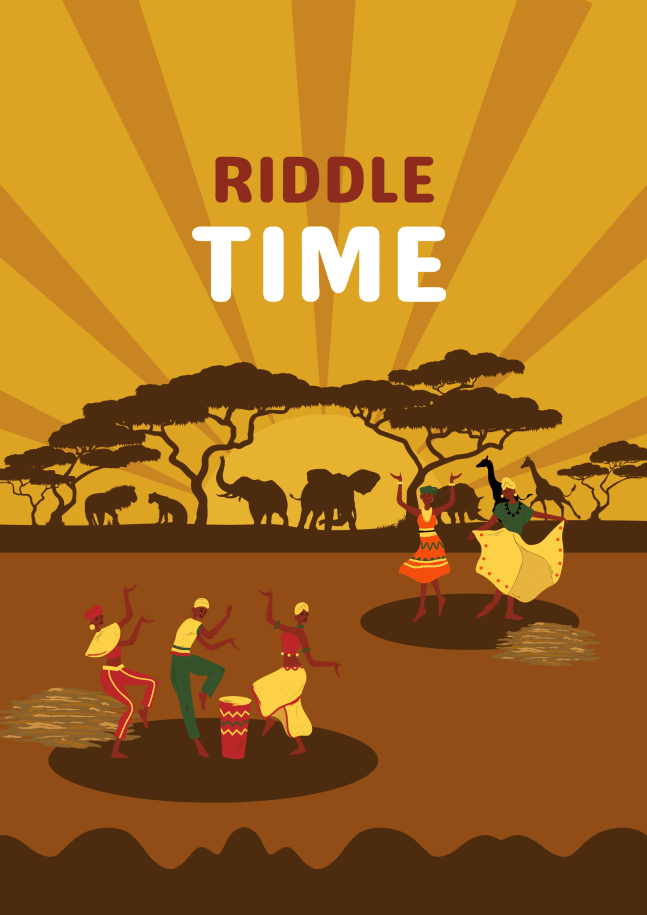Atemo, a humble but jovial boy from Kondigo village, is troubled. As his other siblings attend school every morning and his parents are out and about on errands, he remains behind, tethered to a tree. The reason for this torture, he is physically challenged.
He was diagnosed with cerebral palsy at a tender age, and the parents and villagers all believed it resulted from some evil spirits.
Atemo stays under the tree the whole day, where he takes his meals and answers his biological calls. Nobody in the family wants to associate with him as he is deemed a bad lack. Other parents warn their kids against playing with him unless they want the same spirit to befall them. Imagine facing such kind of stigma early on in life, especially from family. It is so traumatizing and can lead to depression.
Tired of all the discrimination and mistreatment, he decides to commit suicide. The mother comes back in the evening only to find his lifeless body. Overcome by pain, she collapses. Atemo used the same rope that tethered him for years to end his life.
The story of Atemo is just an example of how traditional beliefs about the causes of disability can be very discriminatory and sometimes fatal. Many believe that disability is caused by a curse, evil spirits, witchcraft or punishment for parents' wrongdoings.
Different African societies have varied beliefs depending on the culture and region. These beliefs are sometimes based on how/when they are acquired.
Let's look at how some societies treated children/people with either physical or mental disabilities or both.
The Spirit Children
In some parts of Ghana, Burkina Faso, Benin and Nigeria, disabled kids, usually called spirit children, are killed due to the belief that they are possessed by evil spirits set on bringing ill fortune to those around them.
The babies are forced to take a poisonous drink administered by village elders, nicknamed concotion men. to add salt to injury, kids born at a time the family has undergone a misfortune are sometimes accused of being spirit children and also killed.
Albinism in Tanzania
In Tanzania, there's a rise in the deadly trade of trafficking people with albinism. They target both the young and the old. Demand for their body parts puts their lives at risk.
Children are at more risk as they are valued more highly than adults. Most aren't even able to attend school or socialize like their agemates for fear of being kidnapped and killed.
Their skin, bones and other internal organs are used to make concotions which some people believe bring good fortune, wealth and health. A complete set of organs can go for about $ 90,000. How evil are we to put a price on a fellow human being?
Some people also believe that children with albinism die at an early age. They are, therefore, not sent to school and not always prioritized in the family.
Other than human trafficking, they are stigmatized and called names and are always blamed for natural disasters like drought, famine and disease outbreaks.
Disable Corpse in Shona
Among the Shona, When a disabled person dies, the corpse is not buried in the common burying place of the village; they believe misfortunes will befall the village people; therefore, the burial takes place deep in the forests.
They believe a curse by God or the ancestors, or a particular form of witchcraft, known as 'kuromba' in the Shona language, causes disability.
Kuromba involves sacrificial rituals that make one wealthy, thus resulting in an individual in a family or community having a disorder as atonement for that ritual.
Takeaway
These are just a few examples of how the disabled suffer at the hands of fellow human beings who are supposed to show them the utmost love and care. And to think that some of these practices persist in this day and age is disheartening.
Then, they likely did it due to ignorance and lack of information/exposure, but now, there's no excuse.
Disability is not Inability. Our brothers and sisters are abled differently; it is wrong to dim someone's light because we feel superior.
It is, therefore, crucial to create awareness, especially in rural areas, to make people more aware that being physically/mentally challenged doesn't make someone a lesser human being. And as Africans, we should be guided by the spirit of ubuntu and treat each other with dignity.
Top African Destination
Sossusvlei
Located in Namib-Naukluft National Park, Sossusvlei is a large, white, salt and clay pan characterized by giant red dunes. The dunes are some of the highest in the world, reaching almost 400 meters.

Special thanks to Stephanie for contributing the post.
Whenever you need translation for any African language, help is here.
Remember, it is time to tell our stories. Till next time.
Mike.
Join the Lughayangu Community!

